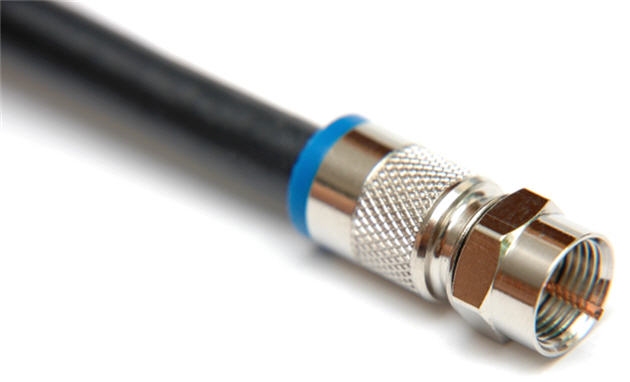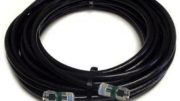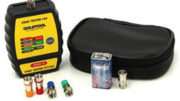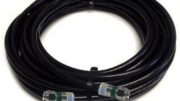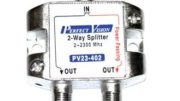Here’s another article that comes from our customer service department. We get people asking things like this all the time. After all, Solid Signal is your source for tech support on all the products we sell. Most web sites have no support at all — we have full-time, trained technicians who actually answer the phone.
This customer asked,
I have a 75 foot run from my dish to my receiver. Would I be better off using RG11 cable?
What is RG11 cable?
RG11 cable is a special kind of coaxial cable. The kind you’re most familiar with is RG6. (To learn a whole lot more about that, check out this article.) The specifics for each type of cable are different. There’s a difference in the thickness of the center conductor, the thickness of the dielectric (the white foamy stuff inside coaxial cables) and the overall thickness of the cable itself. These are just some the specific details that separate one sort of cable from another.
In the case of RG11 cable, you’ll notice that it’s quite a bit thicker than RG6 cable with similar specs. RG6 cable is about 7mm thick, while RG11 cable is about 10mm thick. This makes RG11 cable harder to work with. It doesn’t curve as easily, and the connectors for the end are much larger. It’s a pain in the neck, frankly, and if it weren’t so good at what it does I’d never use it.
In a 300 foot run, RG6 cable has about ten times more loss than an equivalent run of RG11 cable. That can make the difference between there being a signal, and there not being a signal. And that’s why you use it.
RG11 is no good for short runs
First things first, like I said RG11 is a pain to work with. It’s really not that flexible at all. If you’re used to being able to snake RG6 cable anywhere you want, you’ll hate working with RG11. But if you have a long straight run you might not care about it.
There’s a more important technical reason why RG11 isn’t as good, and it’s about reflections.
See, you can think about signal flowing through cable into a connector almost the way that you think about water going through a hose and into a pitcher. No matter how careful you are, there’s going to be a little splash back. When this happens in a cable, we call it a reflection. The signal can be thought of as bouncing off the connector and heading back in the opposite direction.
In RG6 cable, these reflections tend to be no problem at all. They get pretty weak and within about a foot, they’re impossible to detect. But in RG11 cable, because of its superior build quality, reflections can actually reach back over 50 feet through the cable. This means that potentially, if you have a cable less than 100 feet, you could have reflections from both sides that meet in the middle. This causes a lot of loss and a lot of noise.
That’s the real reason we say that RG11 cables should be longer than 100 feet. If they are less than that, there’s a possibility that the performance would be worse than it is with RG6. Considering that no one wants worse performance, it’s certainly not worth the extra expense and hassle of using RG11 cables for such relatively short runs.
Get the cable you need from Solid Signal
Whether you need RG6, RG11, or anything even close to it, you’ll find the best selection of cables when you shop at Solid Signal. We have the cables and lengths you need for every project, large or small. We can even build custom cables for you!

